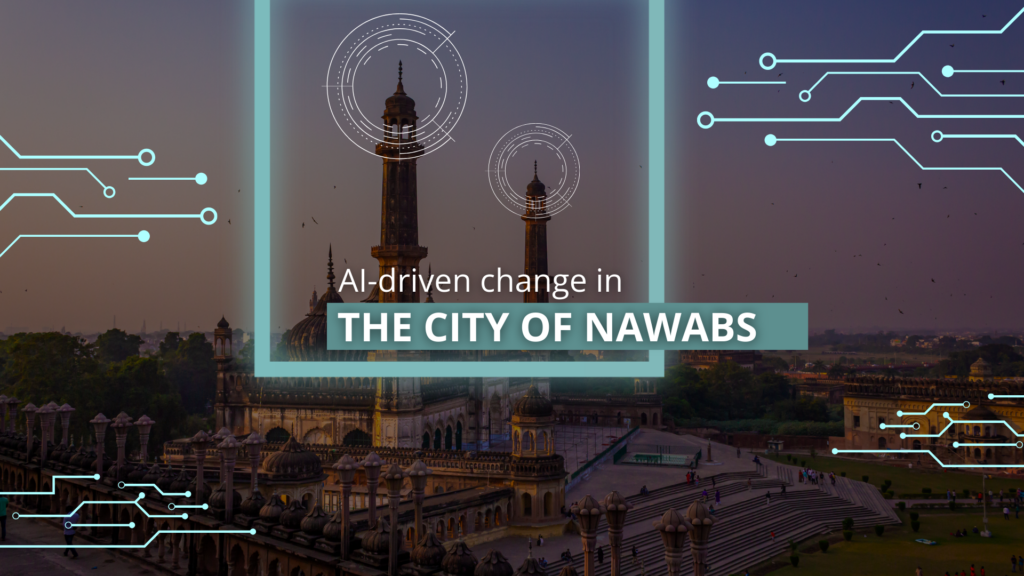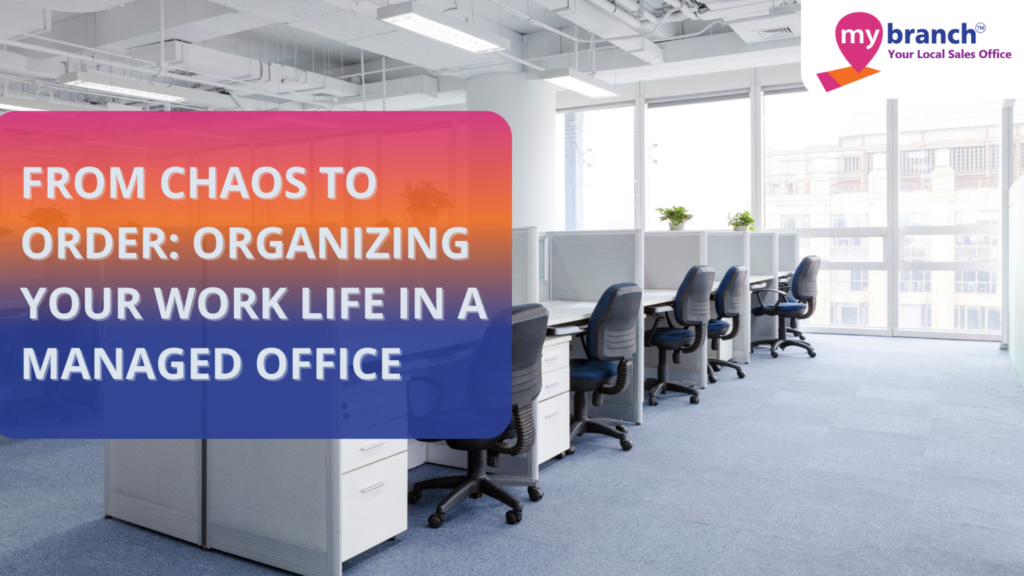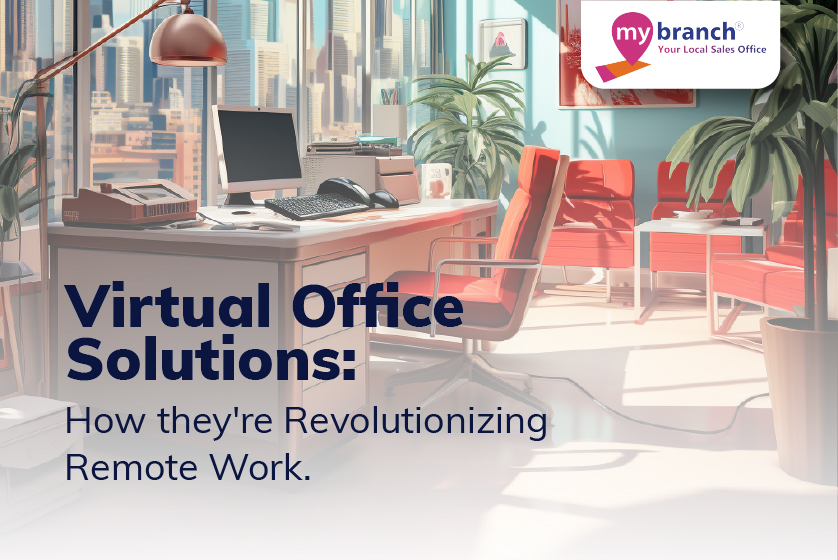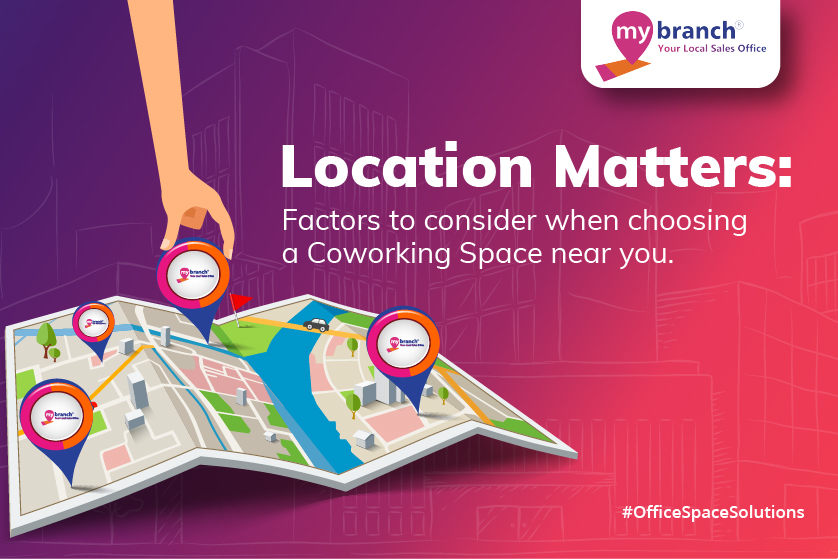
Lucknow, “The City of Nawabs”, is under a remarkable transformation underway, driven by the advent of artificial intelligence (AI). At the heart of this metamorphosis lie coworking spaces, revolutionizing the landscape of work and innovation in unprecedented ways. Modern professionals are being increasingly drawn towards the shared office spaces in Lucknow for their contemporary, adaptable, and cost-effective nature. These shared office environments have emerged as the crucibles where the future of AI is being shaped and refined. Lucknow has emerged as a focal point for technological innovation in North India. Its embrace of AI represents not only a leap into the future but also a strategic maneuver to establish itself as a formidable contender in the global tech arena, particularly in the Northern region. Shared workspaces in Lucknow are pivotal in this transition, offering fertile ground for creativity, collaboration, and pioneering AI development.
Cultivating an AI Ecosystem: Impact on Workspaces
The ascent of AI in Lucknow is not occurring in isolation; it is part of a larger trend where technology seamlessly integrates into our daily lives and work routines. This integration carries profound implications for workspaces, especially shared ones. In Lucknow, shared office spaces are evolving to meet the demands of an AI-driven ecosystem. No longer mere venues for completing tasks, these spaces have transformed into incubators for innovation and experimentation in AI. This burgeoning AI ecosystem in Lucknow is redefining the essence of a workspace. Shared office spaces in Lucknow are now outfitted with cutting-edge technologies such as AI-powered tools and collaborative software tailored for AI research, development, and implementation. This transition in Lucknow’s shared office space landscape attracts a diverse array of professionals, including AI developers, data scientists, and tech entrepreneurs, fostering a dynamic community where ideas and expertise flow freely.
Equipped for AI Advancement
Shared office spaces in Lucknow not only keep pace with the AI revolution but also actively facilitate it. These spaces are uniquely equipped to cater to the distinct requirements of AI professionals and startups, offering robust computational resources and platforms for AI experimentation and deployment. One notable advantage of these shared office spaces is their scalability. Whether it’s a lone AI developer or a burgeoning startup, these spaces provide flexibility in scaling operations, unencumbered by the constraints of traditional office setups. Additionally, these spaces cultivate a culture of innovation and collaboration, essential for the progression of AI. Interdisciplinary teams converge to tackle complex challenges and drive innovation forward.
Nurturing AI Startups
Lucknow’s shared office spaces serve as more than just physical work environments; they are the breeding grounds for AI startups, fostering an ecosystem that nurtures growth and ingenuity. Startups housed in these spaces benefit from an environment rich in shared knowledge, networks, and infrastructure. These shared office spaces serve as platforms where startups find mentorship, forge alliances, and access funding opportunities. The collaborative ethos within these spaces encourages startups to push the boundaries of AI, resulting in groundbreaking innovations. Moreover, the diversity of companies and individuals within these spaces cultivates a tapestry of perspectives and skills, fueling creativity and problem-solving.
Lucknow’s shared office spaces stand at the forefront of the AI revolution. They not only adapt to the transformative effects of AI but also actively shape the future of work and innovation. As AI continues to evolve, these spaces will play a pivotal role in nurturing the next generation of AI professionals and startups, solidifying Lucknow’s status as a prominent tech hub in India. The symbiotic relationship between AI and shared office spaces exemplifies the nation’s adaptive spirit and dedication to embracing a flexible future






